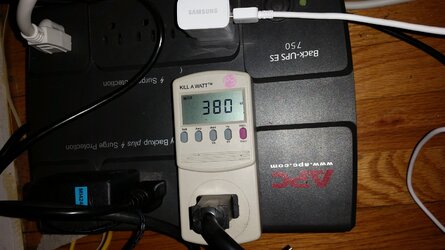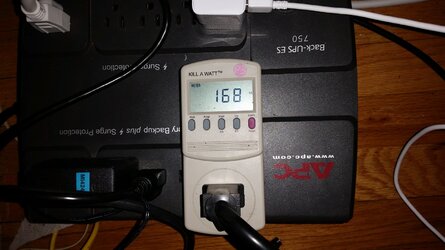- Joined
- Apr 20, 2004
- Location
- JAX, Mississauna
- Thread Starter
- #121
reserved
Crap one did reserve but how in hale it allowed such is not known by me.
RGone...
Crap one did reserve but how in hale it allowed such is not known by me.
RGone...



